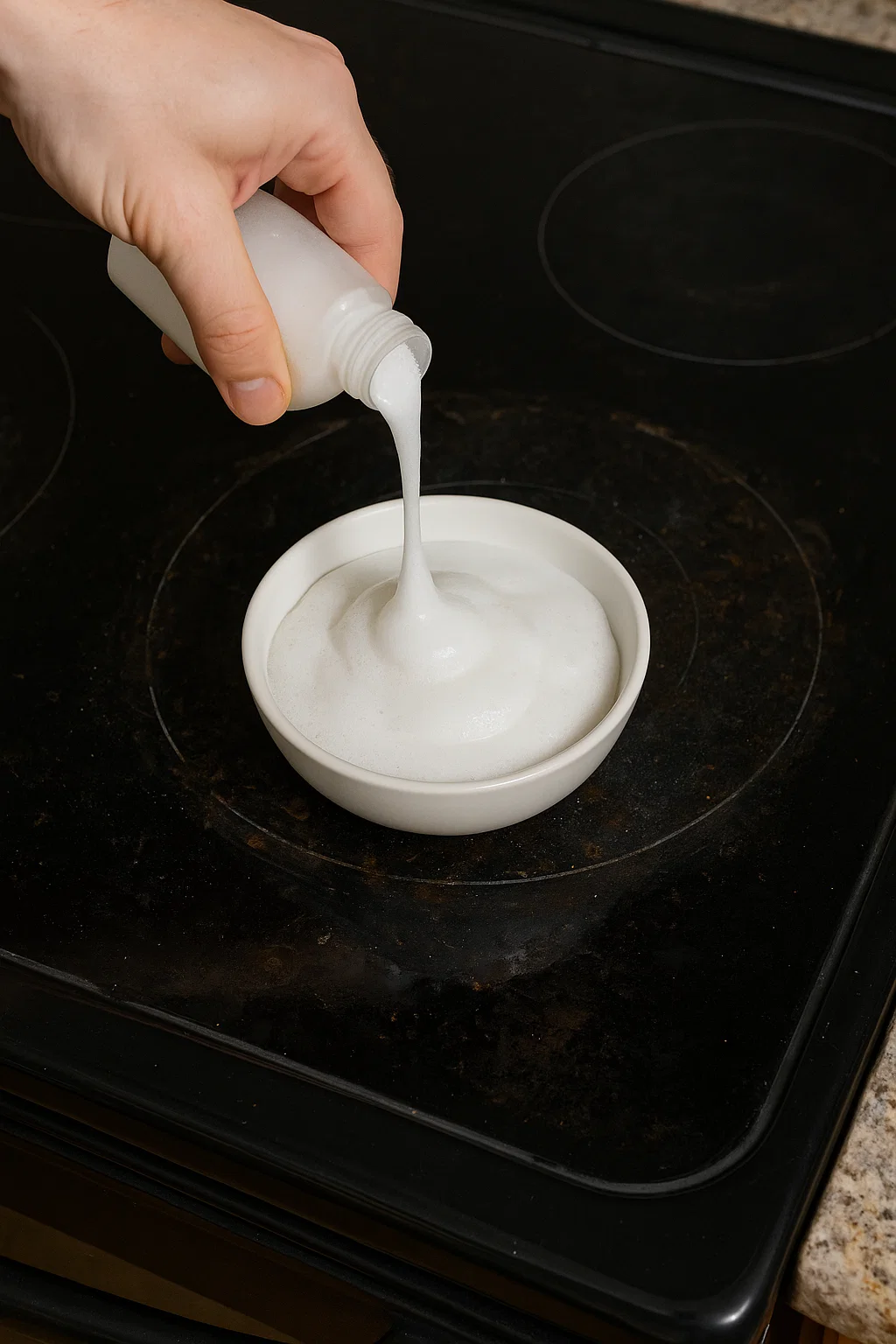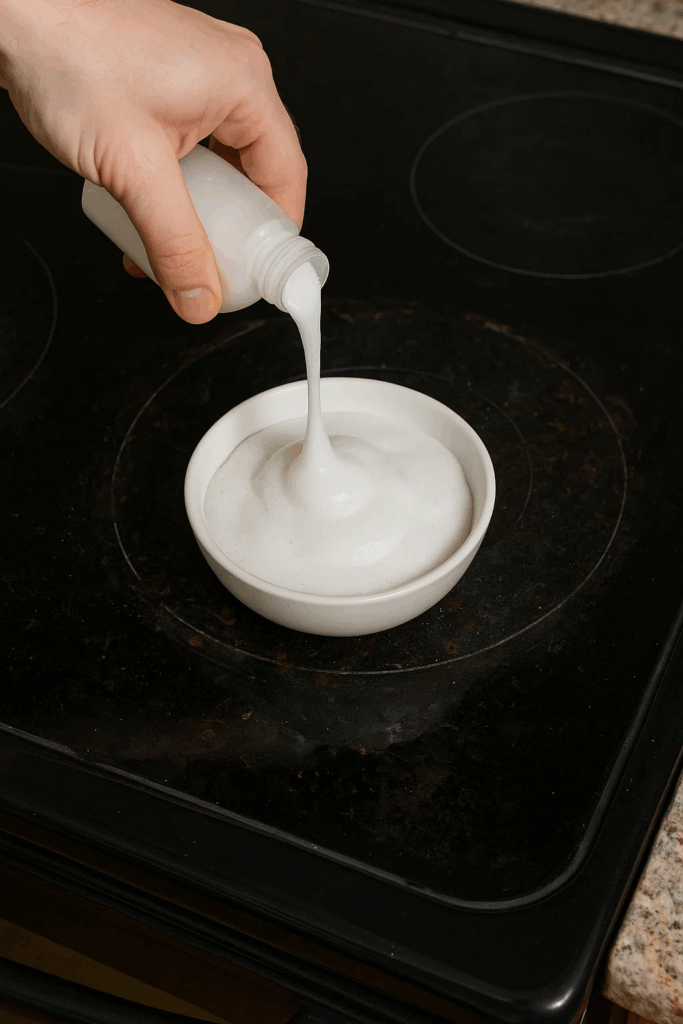My Glass Stove Top Looks Awful and Might Be Damaged — What Should I Do?
Glass stove tops, often featured in induction and ceramic cooktops, are loved for their modern appearance and efficient performance. Induction models work by creating electromagnetic fields that directly heat your cookware, making them both energy-efficient and highly responsive. The sleek glass surface not only looks elegant but also offers a smooth area that’s generally easy to clean. However, without proper care, it can become scratched, stained, or even damaged over time.

How to Spot Damage on a Glass Stove Top
Typical signs of wear or damage include visible scratches, chips, or cracks in the glass. Persistent stains or discoloration that remain after cleaning can also indicate deeper issues. If you notice inconsistent heating patterns or hear odd sounds when the stove is in use, it could be a sign of internal problems that need attention.
Evaluating How Serious the Damage Is
To figure out the extent of the issue, give your cooktop a thorough clean so you can differentiate between simple grime and real damage. Minor surface scratches usually don’t affect how the stove works, but deeper cracks and chips can weaken the glass and become a safety hazard. If the problem seems significant or affects the heating elements, it’s wise to get a professional opinion.
When It’s Time to Call a Professional
If your stove top has any cracks or chips, professional repair is recommended since these problems can worsen over time and pose safety risks. Also, if there are electrical malfunctions or irregular heating, a qualified technician should inspect the appliance to ensure it’s operating safely and efficiently.
Cleaning and Maintenance You Can Do at Home
For routine upkeep, wipe the surface with a soft sponge or cloth and a gentle soap or a cleaner made for glass stove tops. Avoid abrasive pads or harsh products that can leave scratches. For more stubborn spots, apply a paste of baking soda and water, let it rest for a few minutes, then gently scrub with a non-abrasive pad. Make it a habit to clean spills right away and lift, rather than drag, cookware across the surface to prevent damage.
Common Cleaning Mistakes to Avoid
Don’t use steel wool, harsh scrubbers, or sharp tools on your glass stove top, as they can easily scratch the surface. Steer clear of using too much water, which can leak into the electrical components underneath. Additionally, avoid setting hot pot lids directly on the stove, as this can create a vacuum seal that may lead to cracking.
How to Tackle Minor Repairs Yourself
Small scratches can often be treated with a glass repair kit, available at most hardware shops. These usually include a buffing pad and polishing compound—follow the included instructions carefully to prevent further damage. For tiny chips, you can use clear epoxy to fill the area. Always make sure the stove is fully cool and clean before beginning any DIY repairs.
Ways to Prevent Future Damage
Use pots and pans with smooth, flat bottoms to minimize scratching, and lift them rather than sliding them when cooking. Placing burner covers on the stove when it’s not in use can protect it from accidental scratches and spills. It’s also a good idea to regularly inspect the underside of your cookware for any rough edges or debris that might scratch the glass.
Knowing When It’s Time to Replace
If the glass is badly cracked or repairs are more expensive than getting a new unit, replacement may be the smartest option. You might also consider upgrading if the stove top has frequent issues or is approaching the end of its typical lifespan—usually between 10 and 15 years.
Final Thoughts: Keeping Your Glass Stove Top in Top Shape
Taking care of a glass stove top involves consistent cleaning, mindful everyday use, and addressing any damage as soon as it appears. By sticking to proper maintenance routines and using the right cleaning methods, you can keep your cooktop looking pristine and working efficiently. And when in doubt, reaching out to a professional ensures both safety and longevity for your appliance.


